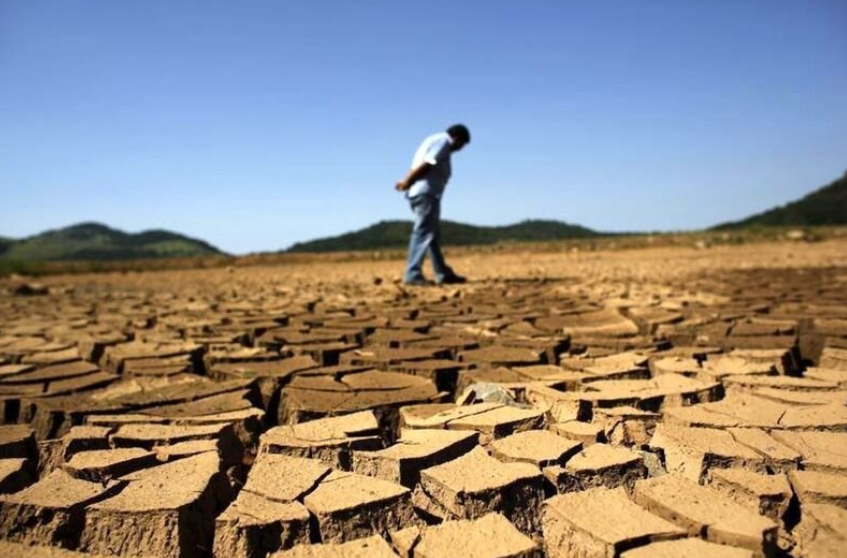October 14, 2022

Over the just-ended water year, which began on September 23, 2021, rainfall in Iran decreased 24 percent compared to the long-term average, marking another year of drought conditions for the country.
A total of 180.4 mm of rain fell across the country during the past water year, compared to the long-term average of 237.1 mm.
The occurrence of the monsoon phenomenon during the past summer, which caused extensive flooding, helped to keep the annual rainfall figure from falling even further. In fact, the year’s rainfall actually increased 30 percent compared to the previous year.
Currently, the country’s dam reservoirs are 41 percent full.
Over 70 percent of the country is suffering from severe drought.
Perhaps the first and most important damage of drought is the weakening of vegetation, which seriously disrupts the wildlife food chain.
Iran faces a range of environmental challenges from high temperatures, pollution, flooding and vanishing lakes. In April 2021, the Iranian Meteorological Organization warned of an “unprecedented drought” and rainfall levels that were substantially below long-term averages.
The Iranian Red Crescent Society estimates that 4.8 million people or about 6 percent of the population are at medium to high risk of drought-related impacts, mostly in remote and rural areas of the provinces.






















